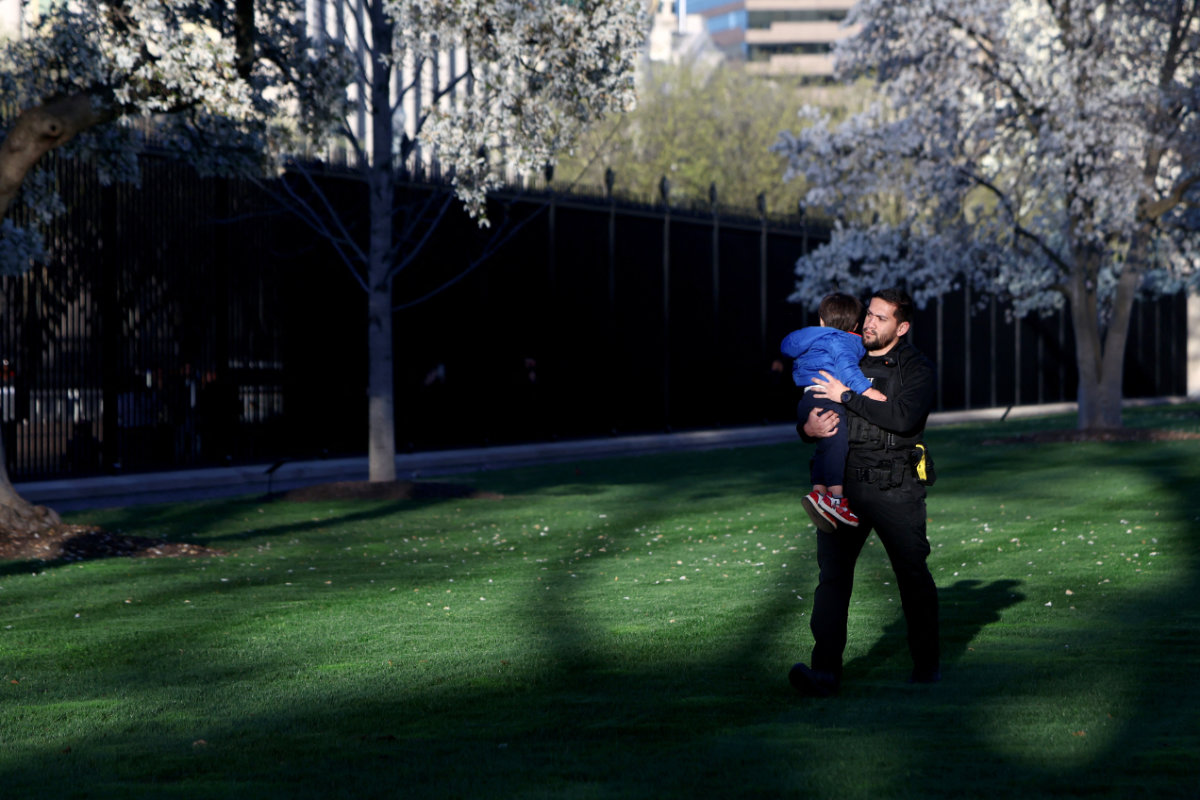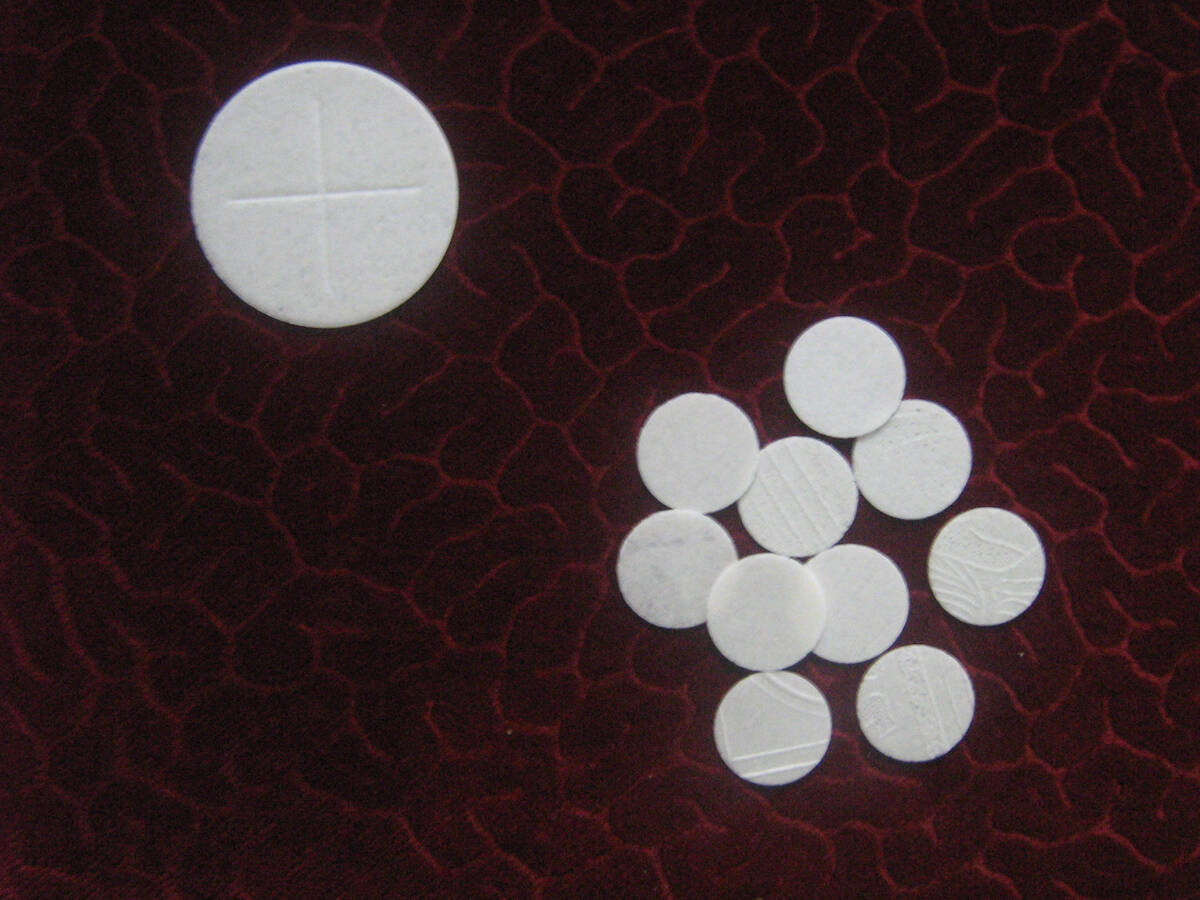GENEVA: Yoko Ono is the rightful owner of a watch she gifted to her husband John Lennon shortly before he was murdered, Switzerland’s supreme court ruled Thursday after it resurfaced at an auctioneers.
The highly rare Patek Philippe 2499 timepiece was given to the former Beatle on October 9, 1980 for his 40th birthday, two months before he was shot dead.
The 18-carat yellow gold Swiss watch was stolen and passed through various hands before a collector took it to a Geneva auction house for a valuation in 2014. The auctioneers contacted Ono, who did not know the watch was missing.
“Yoko Ono is the owner of John Lennon’s watch,” the Federal Supreme Court of Switzerland ruled, as it dismissed the collector’s appeal against a judgment by the Geneva Cantonal Court of Justice.
Ono bought the watch in New York City in 1980 and had the back engraved with the inscription: “(JUST LIKE) STARTING OVER LOVE YOKO 10-9-1980 N.Y.C.”
Released in late October 1980, a few months after it was recorded, “(Just Like) Starting Over” was Lennon’s last single issued during his lifetime.
Lennon was shot dead outside the couple’s apartment building in New York on December 8, 1980. The watch was the last gift Ono gave Lennon before his murder.
The Patek Philippe was listed in the inventory of Lennon’s estate and was kept in a room in their apartment.
A Turkish man who had been Ono’s driver from 1995 to 2006, handed over the watch to an intermediate owner in 2010, along with 86 other items that had belonged to Lennon, court documents showed.
It was later handed to a German auction house, which sold it in 2014, for 600,000 euros, to an Italian collector living in Hong Kong.
The collector gave it to a Geneva auction house for a valuation later that year. They raised the alarm with Ono.
In 2018, the collector filed a court action seeking to establish his status as the watch’s owner, with Ono opposing the move.
In 2022 a Geneva lower court found Ono was the sole owner — a decision upheld on appeal in 2023 by the higher Geneva Cantonal Court of Justice.
The Italian collector then appealed to the Federal Supreme Court, which upheld the cantonal court decision.
The Supreme Court said it was not disputed that Ono had inherited the watch after Lennon’s death.
The Cantonal Court of Justice found that the watch “had been stolen by the former driver,” the Supreme Court said, adding that there was no evidence to show that Ono intended to donate “something as special as the watch,” with its particular inscription.
“Since it is a stolen item, the collector, now the appellant, could not acquire ownership of the watch” when he purchased it in 2014, and according to German law, this applies “regardless of whether or not the purchaser was in good faith as to the origin of the item.”
Lennon’s watch is being held by the Italian dealer’s lawyer, under an agreement that it can only be released to the owner designated by a state court.
It should therefore return to Ono, now 91.
Yoko Ono owns Lennon watch, Swiss court rules
https://arab.news/be9ch
Yoko Ono owns Lennon watch, Swiss court rules

- The highly rare Patek Philippe 2499 timepiece was given to the former Beatle on October 9, 1980 for his 40th birthday
- “Yoko Ono is the owner of John Lennon’s watch,” the Federal Supreme Court of Switzerland ruled




























